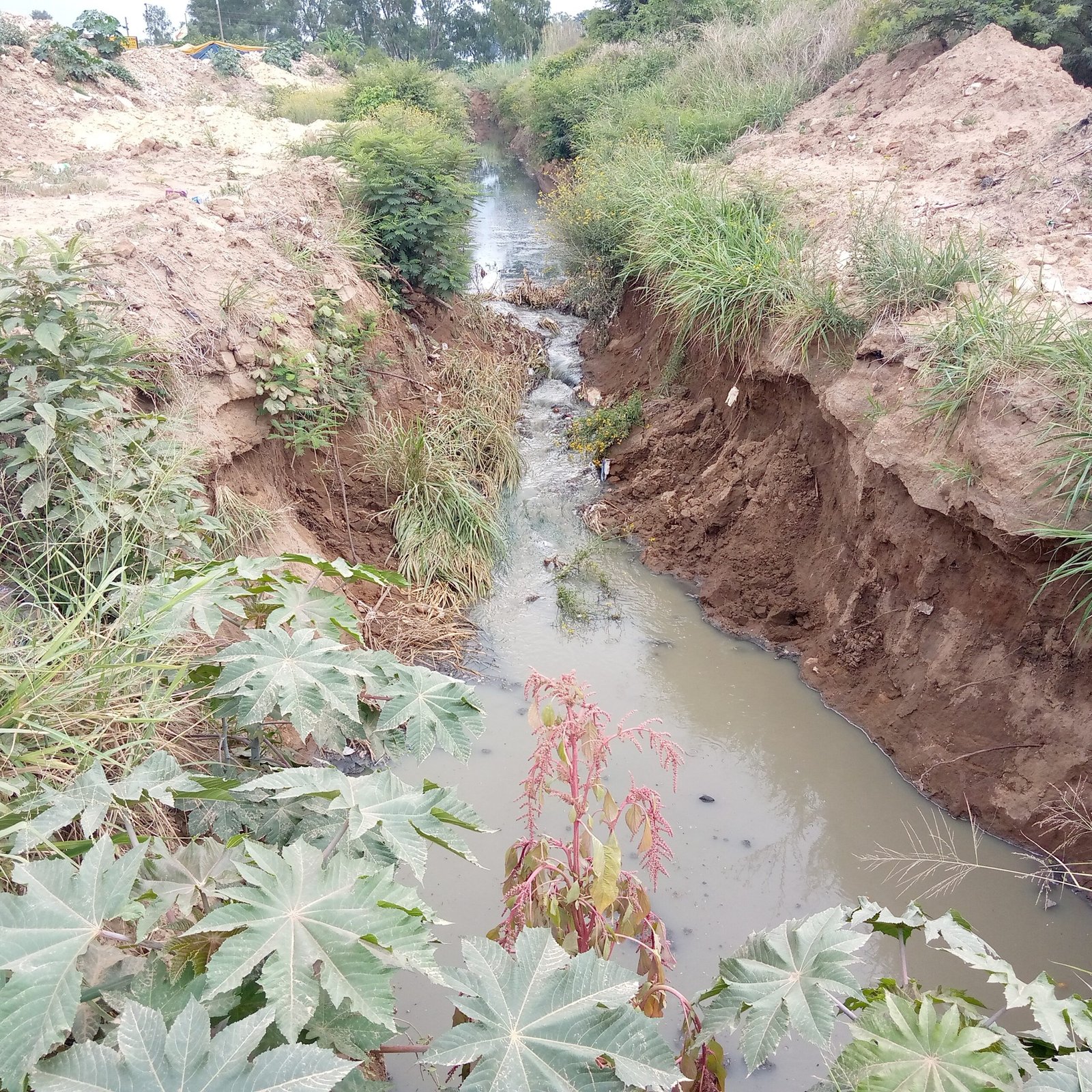Kimberly Kusauka
Masvingo City Council (MCC) has said it is the one to be blamed for disposal of raw sewage into Mucheke and Shagashe rivers that feed into Lake Mutirikwi, Masvingo’s main water source.
The issue was raised in the 2019 Auditor General Mildred Chiri’s report on local authorities where Masvingo was rapped for contaminating water bodies.
Masvingo Town Clerk Engineer Edward Mukaratirwa said council is to blame for water pollution where raw sewage will spill into water bodies when pipes are not working.
“In terms of pollution, we ourselves as local authority become the chief culprit. We would dispose raw sewage into water bodies whenever our pipes are not working,” said Eng Mukaratirwa.
He said they have attempted to make sure that pipes are in good condition when they bought equipment, which however wears out quickly and require changes every year.
“We bought new equipment but it wears out quickly and we are changing pipes every year. We are trying to find a lasting solution so that we do not continue discharging sewage into water bodies,” he added.
He said the second source of discharge is sewer blockages by people who intentionally block sewer water to irrigate their gardens.
“We have sewer blockages caused by deliberate vandalism and some caused by normal use of the network. We have seen a number of people deliberately blocking the sewer lines in order for them to irrigate their crops and in the process the sewer turns into water bodies,” said Eng Mukaratirwa.
He said the city council has trained people whom they have equipped with expertise to attend to any blockages.
“We have trained personnel with the help of Environment Management Agency (EMA) whom we have equipped and they will be frequently visiting hotspots so as to minimise vandalism.
“For blockages caused by day to day use of the sewage network, we want to increase the number of reaction teams and correspondently equipping them with right tools so that volumes discharged are minimised,” said Eng Mukaratirwa.
Council is going to make sure that pump stations are efficiently operating, frequent patrols on hotspots and increasing number of teams that repair blockages so as to avoid discharge into water bodies.







